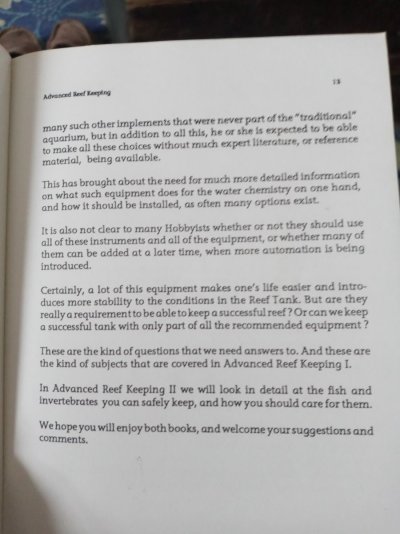Reefer Matt
Reef Cave Dweller
View Badges
Partner Member 2024
Excellence Award
RGB
R2R Media Partner
Hospitality Award
R2R Secret Santa 2023
My Tank Thread
My Aquarium Showcase
I’d like to ask a favor from our reefing vets about your experience in the earlier days of the reefing hobby.
I’ve been reading old books from the 80’s and 90’s trying to piece together the evolution of reefing. Reef aquariums seemed very different than they are today, and I’d like to understand more about the history of reefing. Thanks!
I’ve been reading old books from the 80’s and 90’s trying to piece together the evolution of reefing. Reef aquariums seemed very different than they are today, and I’d like to understand more about the history of reefing. Thanks!















